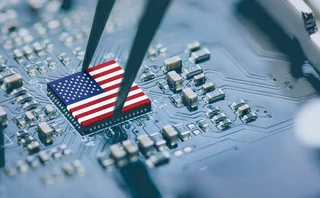Emerging Exchanges: Partnering for Power
Exchanges in emerging markets are teaming up with developed exchanges for technology and knowledge.
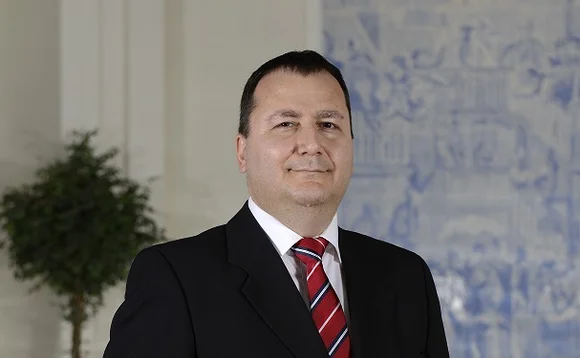

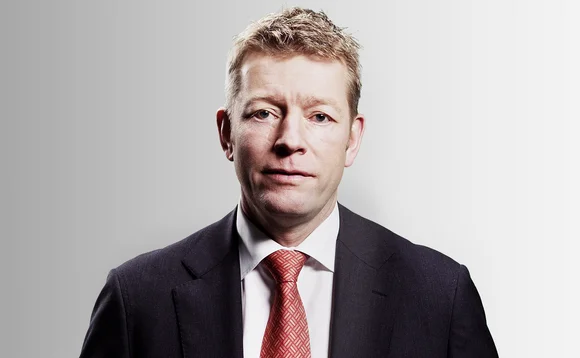
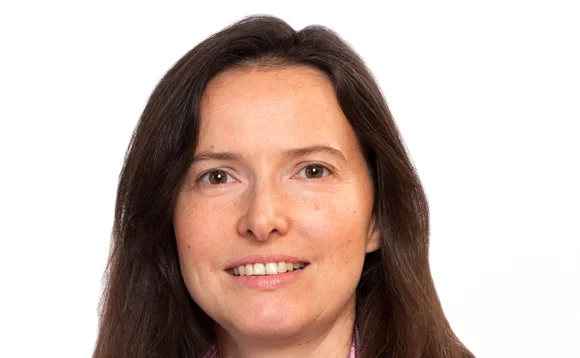


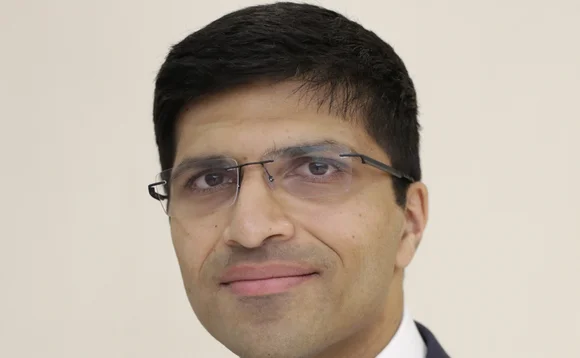

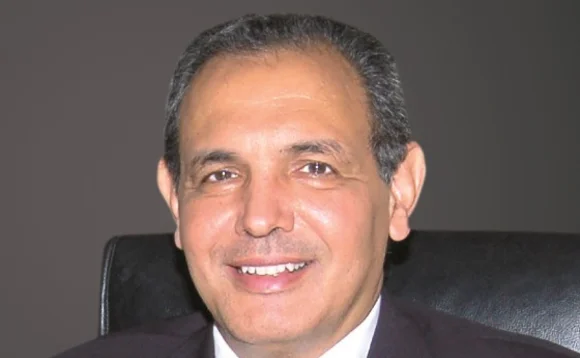
When the board of the Casablanca Stock Exchange (CSE) first looked at upgrading its trading platform in 2013, the idea was to simply buy technology. Soon, though, the realization came that modern technology alone wouldn’t solve a problem the CSE had suffered from since the global financial crisis.
“What’s the use of having a trading platform if you have no liquidity? That’s the point,” says Karim Hajji, CEO of the CSE. “We said, okay, it’s nice to have a good trading platform, to have nice technology, but technology alone is not sufficient. Yes, technology is an enabler—it can help grow your market, launch new products and so forth, but the basis for that is liquidity. You need to build liquidity locally before you can introduce new products.”
The CSE partnered with the London Stock Exchange (LSE) in a deal that included implementing the LSE’s MillenniumIT trading technology, making the platform available to other exchanges in the area and maintaining a business relationship in which the LSE would help increase liquidity and attract small and mid-sized enterprises to list on the CSE.
“We felt that having a partner that had experience dealing with similar issues in the past would be helpful to us,” Hajji says. “We decided to issue a tender to see who could help us best with liquidity and with finding new investors, because we also needed to have foreign investors to ignite liquidity locally.”
Exchanges like Nasdaq OMX, the LSE and the CME Group have been more than happy to sell their technology to trading venues looking to expand their reach globally and attract foreign investors. Partnerships between small and large exchanges, though, aren’t just about getting new trading platforms. The relationships are much deeper than that, as both sides work together on front- and back-office issues across the exchange.
“If you develop systems with a vendor, you have to wait for their release cycle. If you need something, they’ll tell you that they will release it within a year. And then you might get what you’re asking for in one shape or form.” Sergei Poliakoff, Moscow Exchange
“They’re not just selling technology or market data or surveillance systems,” says Joséphine de Chazournes, a senior analyst at Celent, who co-authored the research paper Exchanges in Developing Markets with Hua Zhang. “They can sell the microstructure and product specs that attract market-makers to a market. Or they can build a clearinghouse, or help upgrade the infrastructure of a central securities depository. They all have something to sell because they have so much experience doing it.”
Ground Floor
Partnerships often begin by setting up a structured plan for the exchange. According to Lars Ottersgård, Nasdaq OMX’s executive vice president and head of market technology, many of the deals are multi-phase processes that begin with the fundamentals of the capital markets, and build upon that.
Compliance is a common issue early on, according to Ottersgård, who says that helping regulators set up legal and in-house regulations is vital. The next step is looking at the functionality of the exchange. Issues such as how to create liquidity, whether or not to allow and support high-frequency trading, and what risk management should look like are often broached.
William Knottenbelt, senior managing director of international business units at the CME Group, says the importance of making sure the exchange understands and complies with international standards and regulations is something that can derail a partnership before it even starts.
Knottenbelt points to the CME Group’s partnership with Brazil’s BM&FBovespa. “In order to do the linkage, you really need to have the regulatory infrastructure and understanding to allow you to offer Brazilian products to the international market,” Knottenbelt says. “You need to have the understanding of both sets of regulators; otherwise, the linkage would not be possible.”
Sometimes the relationship requires even more fundamental training, depending on what stage of financial development the exchange is in. Nikhil Rathi, head of international development at the LSE, cites a partnership with the Mongolian Stock Exchange (MSE) that began in 2011. Looking to build a modern shareholder-based economy to take advantage of Mongolia’s largely untapped natural resources, the LSE has started from the ground floor.
“We are collaborating in a number of areas, including providing new trading, membership and settlement rules for the market, as well as new listing rules to allow Mongolia to meet international standards,” Rathi says. “A comprehensive training program has also been run by our in-house academy, which trained local brokers, regulators and bankers on the workings of a modern stock exchange.”
Technology Still Key
While implementing strong market practices, crafting regulations, and educating market participants on global industry standards are all part of many deals, technology is still the anchor of most partnerships. That was the case for Borsa Istanbul (BIST), which looked to Nasdaq OMX when it wanted to upgrade all its trading infrastructure. A deal was cut in July 2013 that put Nasdaq’s technology suite, based around the Genium Inet trading platform, into the exchange starting in December 2013.
The results were evident from early on, as BIST’s order-processing capacity increased to 5,000 orders per second as of this past March.
However, BIST isn’t looking to stop there. According to Aydin Seyman, executive vice president of BIST, future goals include broadening the exchange’s existing products, extending product configurations, transposing debt-related instruments for local contexts, and raising BIST’s throughput capacity to over 100,000 orders per second by 2015.
Seyman says BIST is eyeing a move into clearing over-the-counter (OTC) products and achieving an initial public offering (IPO) by 2016. All of this is only possible because of the deal with Nasdaq, Seyman says.
“In order to achieve a smooth and timely transition, we believe it is essential to benefit from the experiences of an industry leader,” Seyman says. “If an emerging exchange is looking to grow in a short time, and has ambitious goals as Borsa Istanbul does, the only way is to transfer technological and business know-how with the help of a developed exchange.”
Expanding Globally
One of the main reasons BIST set such high goals was to attract foreign investors, the end game for most trading venues on their journey toward maturity. It’s a route many look to take due to the fact that no matter how developed local investing is, a growing exchange has to look globally to truly monetize the investments made in its technology, according to Celent’s de Chazournes. That task is getting easier, as emerging markets have become more attractive with the US and European markets relatively flat. Investors are looking to participate in markets that are moving, something emerging markets can certainly offer.
Opinions from members of larger exchanges are varied about what is considered the best approach for emerging markets to take when trying to attract investors. CME’s Knottenbelt says the key is reaching a wider audience. While having a robust system is obviously important, emerging exchanges need to get their products as widely distributed as possible if they want to mature and attract foreign investors.
Nasdaq’s Ottersgård notes the importance of offering more products to give investors the opportunity to hedge. With most emerging markets having simply an equities exchange, a move into different types of derivatives, while more difficult, can broaden services and portfolio offerings, therefore attracting more investors.
Mack Gill, CEO of MillenniumIT, says having a name investors recognize attached to the exchange’s technology gives them more reassurance when putting money into a less-established market.
“I think part of the pull for emerging-market exchanges of using an industry-recognized global platform is that once you have a platform from a developed exchange, there is a level of comfort,” Gill says. “Confidence in the markets is everything. People look for track records.”
This point speaks to the importance of trust when dealing in emerging markets. While it’s difficult to pinpoint a specific trend among the types of technology emerging trading venues are looking for, it’s clear that proving stability is important to all. Ottersgård says an exchange needs to show it can be transparent in order to establish confidence with the global investor community.
“The technology needs to be reliable and trustworthy, but you have to have a lot of focus around risk,” Ottersgård says. “I would say risk management and the functionality need to support fair market behavior.”
Win–Win
The obvious benefit for a large exchange selling its technology to a smaller one is money, but it goes much deeper than that. A look at the deal between the CME Group and BM&FBovespa shows how partnerships can be truly symbiotic.
When a deal was first cut between the two exchanges in February of 2010, BM&FBovespa purchased new trading platforms for equities and derivatives. The new systems’ processing time was about 30 times faster than the exchange’s previous technology, increasing the capacity throughput by about 200 times, according to CME’s Knottenbelt.
The success BM&FBovespa has had since the partnership is well documented, but CME Group also profited as the new equities platform it built was another technology system it could package and sell to other markets. Knottenbelt says upgrades to certain aspects of CME Group’s own IT systems were made due to the projects developed in Brazil.
One of the major reasons the partnership was so successful, according to Knottenbelt, was the fact that CME Group had “skin in the game.” With cross-shareholding between the two entities, there was a lot to win—and potentially lose—depending on how the deal panned out.
“The fact that we had somebody on each other’s board also brought about a more focused relationship,” Knottenbelt says. “Both sides always felt that they could get their point across at the very senior level. So I think that also helped as well. It keeps everybody honest.”
Going It Alone
For all the successful examples of partnerships between developed and emerging exchanges, it is not the only route a trading venue can take. Take the Moscow Exchange (MoEx) for example, which has largely created or modified technology in-house since buying a trading platform in the early 1990s from Australia-based Compushare, which was eventually acquired by Nasdaq. Sergei Poliakoff, CIO of MoEx, says the decision not to partner with a larger exchange wasn’t a completely conscious one.
According to Poliakoff, sometimes it was a matter of buying technology, but modifying it to meet MoEx’s specific requirements and regulations. Other times there wasn’t a solution that could meet MoEx’s need of a highly integrated trading and clearing system.
“We really don’t have much choice but to develop systems in-house,” Poliakoff says. “We cannot buy them in the form and shape that we need them.”
For Poliakoff, the fact MoEx has a large IT organization filled with experienced developers and a staff that understands the specifics of the domain and local regulations, makes developing technology in-house a more viable option.
“If you do it with a vendor, you have to wait for their release cycle,” Poliakoff says. “If you need something, they’ll tell you that they will release it within a year. And then you might get what you’re asking for in one shape or form. On the other hand, if you tell them you’re not willing to wait and that you want a release just for your organization, then it’s worth it just to hire an outside development organization. If you do that, you might as well use your own.”
That’s not to say MoEx is completely opposed to buying technology. For Poliakoff, it’s more about acquiring the appropriate pieces for the exchange’s developers to work with.
“We’re not going to buy a platform as a solution as a whole,” Poliakoff says. “We want to build from pieces and connect them in a way that fits our business cycle. That’s our plan.”
No Perfect Solution
Whatever route an emerging exchange does decide to take, it’s important to understand the limits that might be in place. No matter how much money and technology is poured into an emerging exchange, de Chazournes says that it cannot completely turn around a market’s economy on its own.
“Sometimes these countries cannot develop but the exchanges still want to grow,” de Chazournes says. “Hence they need to de-correlate themselves from their state.”
Salient Points
- Emerging exchanges are looking for much more than just technology when they strike deals with developed exchanges. The partnership often includes a multi-phase process that involves everything from training employees on the inner-workings of a modern stock exchange to guidance in developing regulations.
- These exchanges want to know more than just how to run the technology of an exchange, says Philippe Carré, global head of connectivity for global trading at SunGard. “They want to acquire knowledge around listings, how to onboard new clients, acquiring new customer members, launching new products—essentially looking at enhancing the fabric of their capital markets’ ecosystem. They are trying to take their exchange and bring it to the next level,” he says.
- Technology still remains the anchor of almost all deals, although industry participant’s opinions vary as far as what is most important for an emerging exchange to have implemented for it to be successful.
- No matter how much money or new technology is invested in an exchange, it is not a miracle worker. Growth in a country’s economy isn’t directly linked to the success of its national exchange.
Only users who have a paid subscription or are part of a corporate subscription are able to print or copy content.
To access these options, along with all other subscription benefits, please contact info@waterstechnology.com or view our subscription options here: http://subscriptions.waterstechnology.com/subscribe
You are currently unable to print this content. Please contact info@waterstechnology.com to find out more.
You are currently unable to copy this content. Please contact info@waterstechnology.com to find out more.
Copyright Infopro Digital Limited. All rights reserved.
As outlined in our terms and conditions, https://www.infopro-digital.com/terms-and-conditions/subscriptions/ (point 2.4), printing is limited to a single copy.
If you would like to purchase additional rights please email info@waterstechnology.com
Copyright Infopro Digital Limited. All rights reserved.
You may share this content using our article tools. As outlined in our terms and conditions, https://www.infopro-digital.com/terms-and-conditions/subscriptions/ (clause 2.4), an Authorised User may only make one copy of the materials for their own personal use. You must also comply with the restrictions in clause 2.5.
If you would like to purchase additional rights please email info@waterstechnology.com
More on Emerging Technologies
This Week: Startup Skyfire launches payment network for AI agents; State Street; SteelEye and more
A summary of the latest financial technology news.
Waters Wavelength Podcast: Standard Chartered’s Brian O’Neill
Brian O’Neill from Standard Chartered joins the podcast to discuss cloud strategy, costs, and resiliency.
SS&C builds data mesh to unite acquired platforms
The vendor is using GenAI and APIs as part of the ongoing project.
Chevron’s absence leaves questions for elusive AI regulation in US
The US Supreme Court’s decision to overturn the Chevron deference presents unique considerations for potential AI rules.
Reading the bones: Citi, BNY, Morgan Stanley invest in AI, alt data, & private markets
Investment arms at large US banks are taken with emerging technologies such as generative AI, alternative and unstructured data, and private markets as they look to partner with, acquire, and invest in leading startups.
Startup helps buy-side firms retain ‘control’ over analytics
ExeQution Analytics provides a structured and flexible analytics framework based on the q programming language that can be integrated with kdb+ platforms.
The IMD Wrap: With Bloomberg’s headset app, you’ll never look at data the same way again
Max recently wrote about new developments being added to Bloomberg Pro for Vision. Today he gives a more personal perspective on the new technology.
LSEG unveils Workspace Teams, other products of Microsoft deal
The exchange revealed new developments in the ongoing Workspace/Teams collaboration as it works with Big Tech to improve trader workflows.




